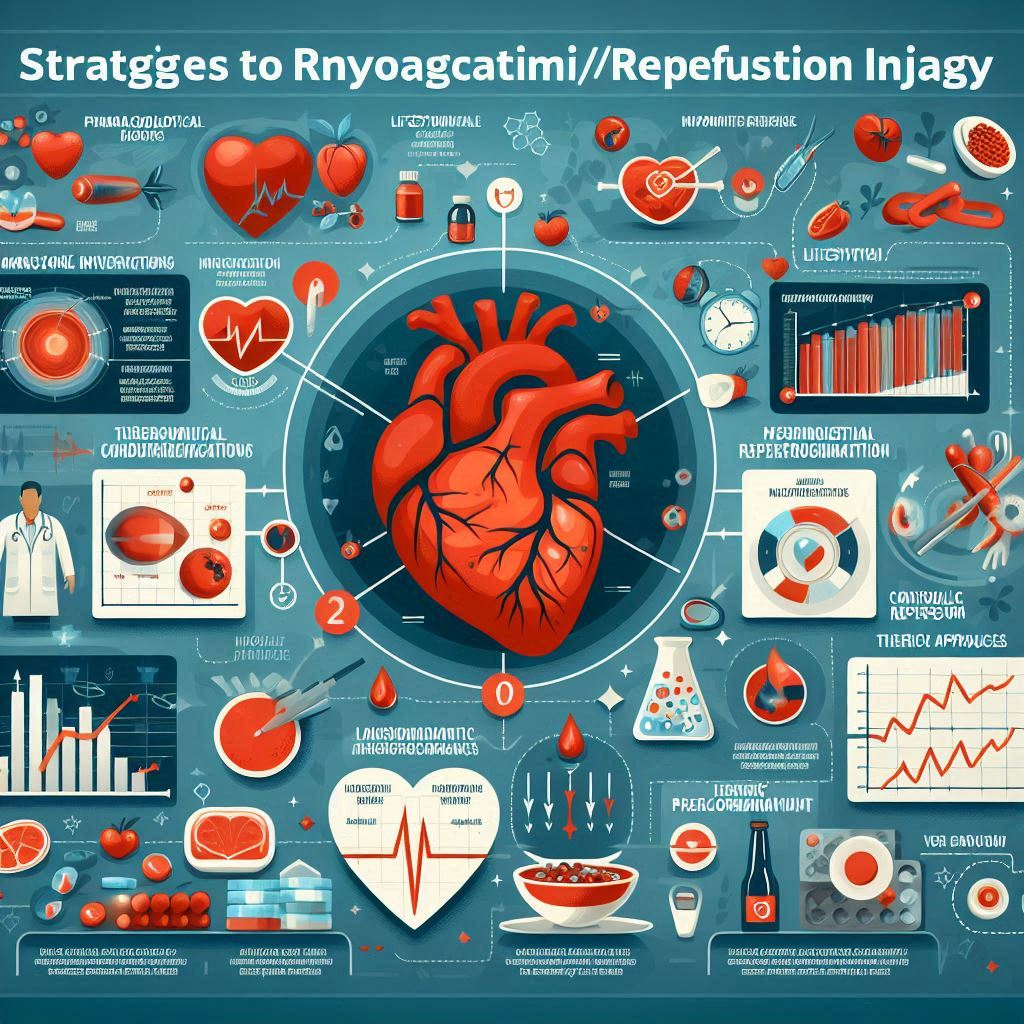Cold Therapy for Pain Relief in Chest Tube Removal
The Efficacy of Cold Therapy for Pain and Anxiety in Chest Tube Removal: Insights from Recent Research Cold therapy has emerged as an effective method for pain relief in various medical procedures, including chest tube removal. This non-pharmacological approach involves the application of cold to the affected area, which can help alleviate pain and reduce anxiety during a process that many patients find distressing. Research, including systematic reviews and meta-analyses, indicates that cold therapy not only improves patient comfort but also enhances overall procedural satisfaction. As healthcare continues to shift towards holistic and patient-centered care, cold therapy stands out as a valuable strategy for managing discomfort and promoting a more positive experience for patients undergoing chest tube removal. In recent years, medical professionals have sought non-pharmacological methods to manage pain and anxiety during medical procedures. Cold therapy has gained attention for its potential benefits in alleviating discomfort during chest tube removal. A systematic review and meta-analysis by Hsin-Yi Lu and colleagues explores this topic. Their findings offer valuable insights into the impact of cold therapy on patients’ experiences during this challenging procedure. Understanding Chest Tube Removal Chest tube removal is a common procedure for patients recovering from thoracic surgery, trauma, or certain respiratory conditions. The procedure may be necessary when lungs re-expand or fluid drainage is no longer required. However, the removal process can be associated with significant pain and anxiety, leading to a less than satisfactory experience for many patients. Consequently, finding effective ways to mitigate these experiences is crucial for enhancing patient care and outcomes. A Closer Look at Cold Therapy Cold therapy, also known as cryotherapy, involves using cold substances or methods to reduce inflammation, pain, and discomfort. In chest tube removal, cold therapy can serve as a non-invasive method to ease pain and alleviate anxiety. It provides physiological distraction and promotes relaxation. Research Overview The systematic review and meta-analysis by Lu et al. aimed to evaluate the effectiveness of cold therapy for pain and anxiety during chest tube removal. The researchers conducted a thorough search of eight electronic databases. These databases included the Cochrane Library, PubMed, Embase, CINAHL, ProQuest, Airiti Library, China National Knowledge Infrastructure, and the National Digital Library of Theses and Dissertations in Taiwan. Their search encompassed research literature up to August 2022. Out of the literature available, 24 randomized controlled trials involving 1,821 patients were included in the analysis. This robust sample size provided a well-rounded view of the effectiveness of cold therapy in these specific circumstances. Key Findings The results of the meta-analysis were promising. Cold therapy was found to significantly reduce pain during and after the chest tube removal procedure. The calculated effect size for pain reduction during the removal was reported as Hedges’ g: -1.28, which signifies a large effect. Similarly, pain experienced post-removal also decreased significantly, providing evidence that cold therapy has immediate and lasting benefits. The study also showed that cold therapy effectively reduced anxiety after chest tube removal, with an effect size of -1.27. This indicates that cold therapy not only alleviates physical pain but also addresses psychological distress related to medical procedures, highlighting its importance in patient care. The research highlighted an interesting correlation as well: the effect size of cold therapy for reducing anxiety was significantly and positively associated with its effect on pain reduction after chest tube removal. This interrelationship emphasizes the importance of addressing both physical and emotional aspects of patient care. By alleviating pain, healthcare providers might also contribute to a reduction in anxiety, leading to a more favorable overall experience for the patient. https://fuelforlife365.com/ Implications for Clinical Practice The findings from this systematic review and meta-analysis hold significant implications for clinical practice. With evidence supporting the effectiveness of cold therapy as a non-invasive method to manage pain and anxiety, medical professionals may consider incorporating such techniques in routine patient care protocols, especially for procedures like chest tube removal. Implementing cold therapy could enhance patient comfort and potentially lead to shorter recovery times and higher patient satisfaction scores. Additionally, using non-pharmacological strategies like cold therapy supports the broader effort to reduce opioid dependence in medical practice, addressing a critical issue in today’s healthcare landscape. You May Also Visit Here Conclusion The systematic review by Hsin-Yi Lu et al. provides strong evidence for cold therapy’s efficacy. Cold therapy is effective in managing pain and anxiety during chest tube removal. The medical community is exploring holistic, non-invasive patient care methods. Cold therapy improves patients’ experiences during painful procedures. Incorporating these strategies enhances patient comfort significantly. This emphasizes the importance of patient-centered care in modern medicine. Healthcare professionals must address the multifaceted needs of patients. Evidence-based practices will elevate the standard of care. Cold therapy represents a compassionate approach to healthcare.






